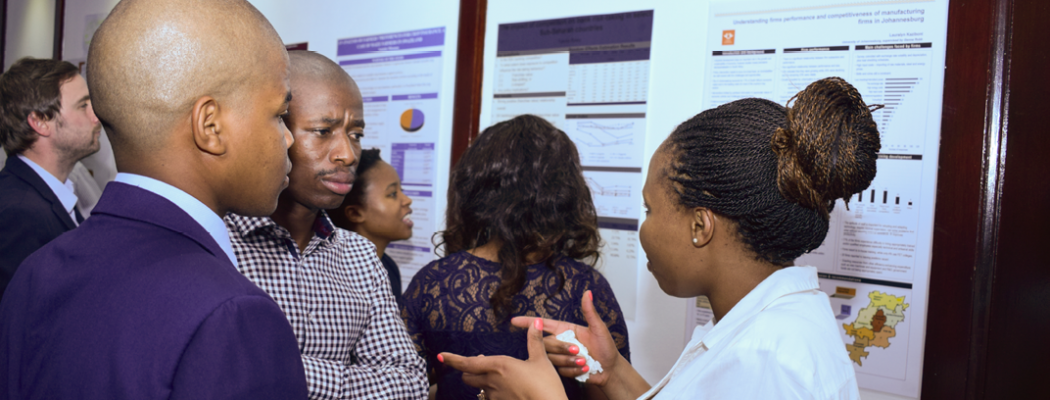Quantifying the macro- and socio-economic benefits of a transition to renewable energy in South Africa
1 Introduction
The contours of the global power sector are changing rapidly, due to ongoing technological advance, particularly in the renewable energy space. Since 2008, the solar module price index has fallen by, roughly, a factor of five. Gains in wind generation technologies have been less dramatic, but rapid by almost any standard. Gains in systems integration, notably the ability to accommodate variable renewable energy supplies on a system-wide basis, are not as easily quantified but have also been substantial. With these advances, the economics of power systems are changing. Lazard Freres, a global investment bank, lists wind as the lowest-cost generation technology (unsubsidized) for the United States in its most recent (2016) analysis of levelized cost of energy. Utility-scale photovoltaics are not far behind, at about the same cost levels (again unsubsidized) as combined-cycle natural gas, which is the cheapest conventional generation option.
Global investments in power generation have reflected these shifts. In 2014, for the first time, the amount of new renewable generation capacity surpassed that of new fossil fuel-based systems, on a global basis. This trend continued in 2015, with new renewable capacity outstripping fossil fuels by a factor of more than two. Investment volumes are correspondingly large, with the amount of money committed to renewables (excluding large hydro-electric projects) reaching USD 286 billion in 2015. In 2016, estimated investment spending on renewables declined to USD 241.6 billion; however, the volume of installed capacity in that year increased by 9% as a result of lower per-unit costs. Overall, in 2016, global investment in renewables was roughly double that in fossil fuel generation.
South Africa has a coal-based energy system, which has been a source of abundant and cheap energy. This system is ageing and, given climate and environmental concerns, there are good reasons for South Africa to embark on a clean-energy transition. Fortunately, the country is also well endowed with solar and wind energy resources (Ireland 2017). This, combined with recent and projected future improvements in wind and solar technology, offers South Africa an opportunity to make the transition without compromising its other development objectives such as poverty reduction and improved welfare. Several recent studies including (Wright et al 2017; Reber et al. 2018) used detailed power sector models to show that it is technically possible and cost-effective for South Africa to make this transition, at least in the electricity sector.
However, the macro and socio-economic implications of making the transition have not been quantified. The linked energy-economic model SATIMGE, developed by the Energy Systems, Economics, and Policy group of the Energy Research Centre (ERC) at the University of Cape Town is a suitable platform to do so. SATIMGE is made up of two main components: a full sector TIMES energy model of South Africa (ERC 2015), described below, and a dynamic recursive general equilibrium model of South Africa (eSAGE), (Arndt et al. 2011). The two components are linked via critical parameters which ensure internal consistency between the two models, as described in Arndt et al. (2014) and Merven et al. (2017).
SATIM is based on principles similar to those of the expansion planning feature of the Plexos and NREL models used by Wright et al. and Reber et al. However, in SATIM, spatio-temporal detail is traded-off with sectoral detail, and all energy carriers are considered. Having the economic model linked to an energy model helps to ensure that the energy supply sector and the way that different demand sectors consume energy are technically plausible. Future projections for drivers for the energy model (sectoral GDP and household income) are also then internally consistent, given that they come from the CGE model.

